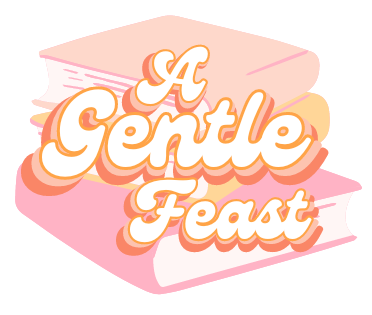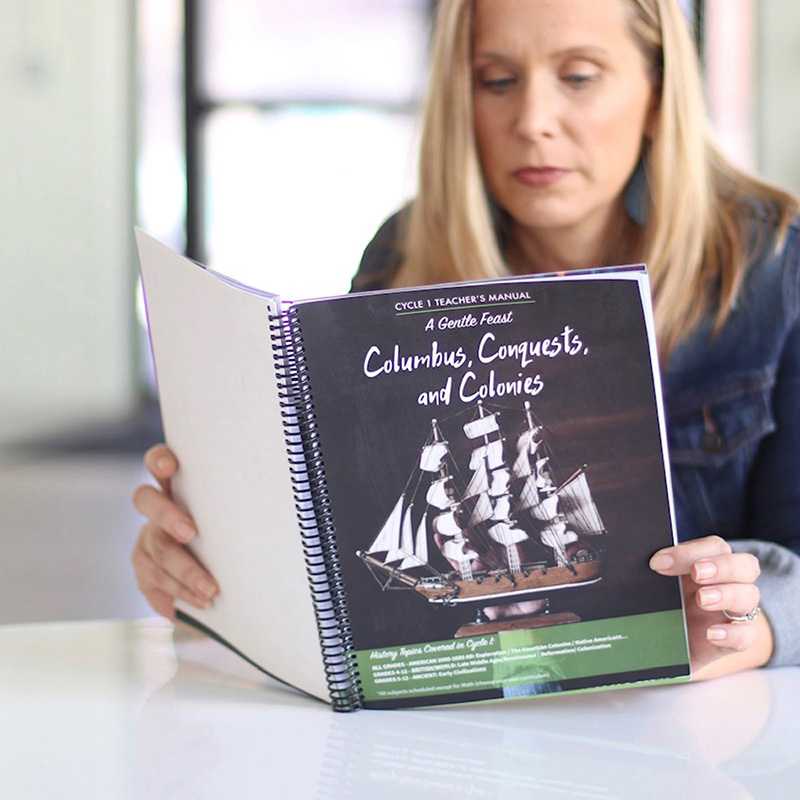Charlotte Mason debunks the idea that teaching science to your children is an intimidating undertaking. We tend to have this assumption that we have to understand all the details about a subject in order to help our children learn about said subject. She talks about, right from the very beginning, that science should still be of literary character. Most of us were educated with textbooks and lists to memorize. With this method of educating, we’re taking the literary approach to many aspects of science, and it creates a different, but deep understanding of that topic. It is possible, and beautiful to learn from living science books.
As we start the process of teaching science this way, we have to give ourselves permission to go into this without understanding all the concepts. We are not the fountainhead of all knowledge. We are putting our children in touch with scientists who wrote science books, and they’re coming at this for themselves. She does give a description of the differences in the different Forms and what they’re studying here. So in Form 1, science is nature study. So what can the students observe, touch, feel, smell…taste even. Saying, “No. Don’t eat that dirt!” That’s what living science is. She approached it from a place that was so developmentally appropriate. We’re not providing so much of this abstract knowledge that they’re not ready for when they’re little. They’re learning how to observe, which is really what science is all the way through.
A really key point is that we’re teaching them in a way that encourages scientific thinking. We’re not stepping in with a bunch of facts that prop somebody up, but we’re actually training them. It’s a different way of thinking to be able to observe and make conclusions and hypothesize and, like Edison, come up with this crazy idea about a light bulb. Your brain has to think outside the box and has to process things differently, and have that critical reasoning skill that you get in a Charlotte Mason education. You don’t get that when you’re just trying to recall basic facts. So this type of scientific thinking is so much richer and so much deeper from that.
Many times, people want to understand why it is important to use books that seem to contain obsolete science. The challenge is that we want them to connect to the ideas in these books that are written from a different time period. We know that there have been some great scientific explorations and experiments and revelations done since some of these texts were published, but what we’re doing is starting with the “why” of the scientific concept. Then the details are the things, especially in later years, that will come in other Forms as they read books that are a little more technical in the upper Forms.
Some of these older books have such rich literary quality. They make the ideas come to life in a way that won’t be found in any other book. As we are reading these older books, where science has progressed in this current day, we are able to talk to them and learn about the advancements made in those areas. It is a really powerful learning experience to read the books about the original idea, the “why” behind what started the study of certain areas of science, and see the ways it has progressed.
Studying science in this way of living education allows us to raise learners instead of fact-checkers, or fact-memorizers. It is a much more useful skill to be flexible and curious and eager to grow as information changes. Teaching them to approach science this way feeds the growth mindset we want to foster in our children; it allows them to be adaptable as they move forward, and as we’re pushing them into adulthood.
The same can be said for Charlotte Mason’s approach to geography. As we study older texts where the European countries’ names are vastly different from what they are today, we are given the opportunity to discuss the history of those countries and the events that happened as things shifted.
A major concept surrounding geography in this method is embracing ideas and allowing our children to learn through their imaginations. We learn associations, occupations, some parts of the past, much of the present, not just the regions–the mountains, the rivers, the frontiers–but also what’s going on. “A beautiful, imaginative picture of this country.” With just our imaginations we’re climbing Mount Everest or we’re in the fields of Norway swimming, or in our gondola at Venice. We use these things to teach the where, the culture, the economy, the history, and the traditions. It is so much fuller and richer of an education about the world than simply using maps, learning directions, terrain, and climate.
When it comes to math, Charlotte’s perspective is to not make it bigger than the other subjects in the feast. Put it in proportion with everything else that is part of this educational feast that we’re providing for our children. So many of the available math curriculums contain too many problems, and children develop a habit of inattention with math. Our math lesson ends up being an hour and a half long, then you don’t have time to do nature study or X, Y, Z, and you think the problem is the math curriculum. It may just be that you have to lessen the amount of problems in the math lesson. Charlotte speaks to this by saying:
“Lack of proportion should be our bête noire in drawing up a curriculum, remembering that the mathematician who knows little of the history of his own country or that of any other, is sparsely educated at the best.”
There is a balance to how we approach this, as this is an individualized method of education. She also says,
“At the same time Genius has her own rights. The born mathematician must be allowed full scope even to the omission of much else that he should know. He soon asserts himself, sees into the intricacies of a problem with half an eye, and should have scope. He would prefer not to have much teaching. But why should the tortoise keep pace with the hare and why should a boy’s success in life depend upon drudgery in Mathematics?” Vol 6, pp 232, 233
Basically, do not let math become the bane of your child’s existence and monopolize your curriculum, but also allow your mathematician children to invest time, energy, and imagination into math in a way that feeds them and their individual genius.
Embracing the Charlotte Mason philosophies in the areas of STEM may seem counterintuitive when you first start out. Those things may come as a gradual transition. When you begin to see how rich this method is in the areas of language arts, history, and the Knowledge of God, you will begin to understand how providing the other study focuses as living subjects will enhance and enrich your children and your homeschool experience. It is important to remember that your family is unique and this method will grow and adapt with your homeschool and your children. Allow your intuition and her brilliant philosophy and practical applications to partner with the Lord as you grow in a new homeschool season.










